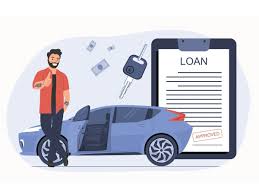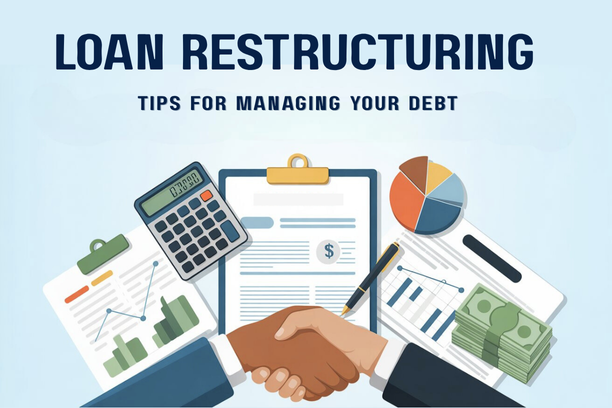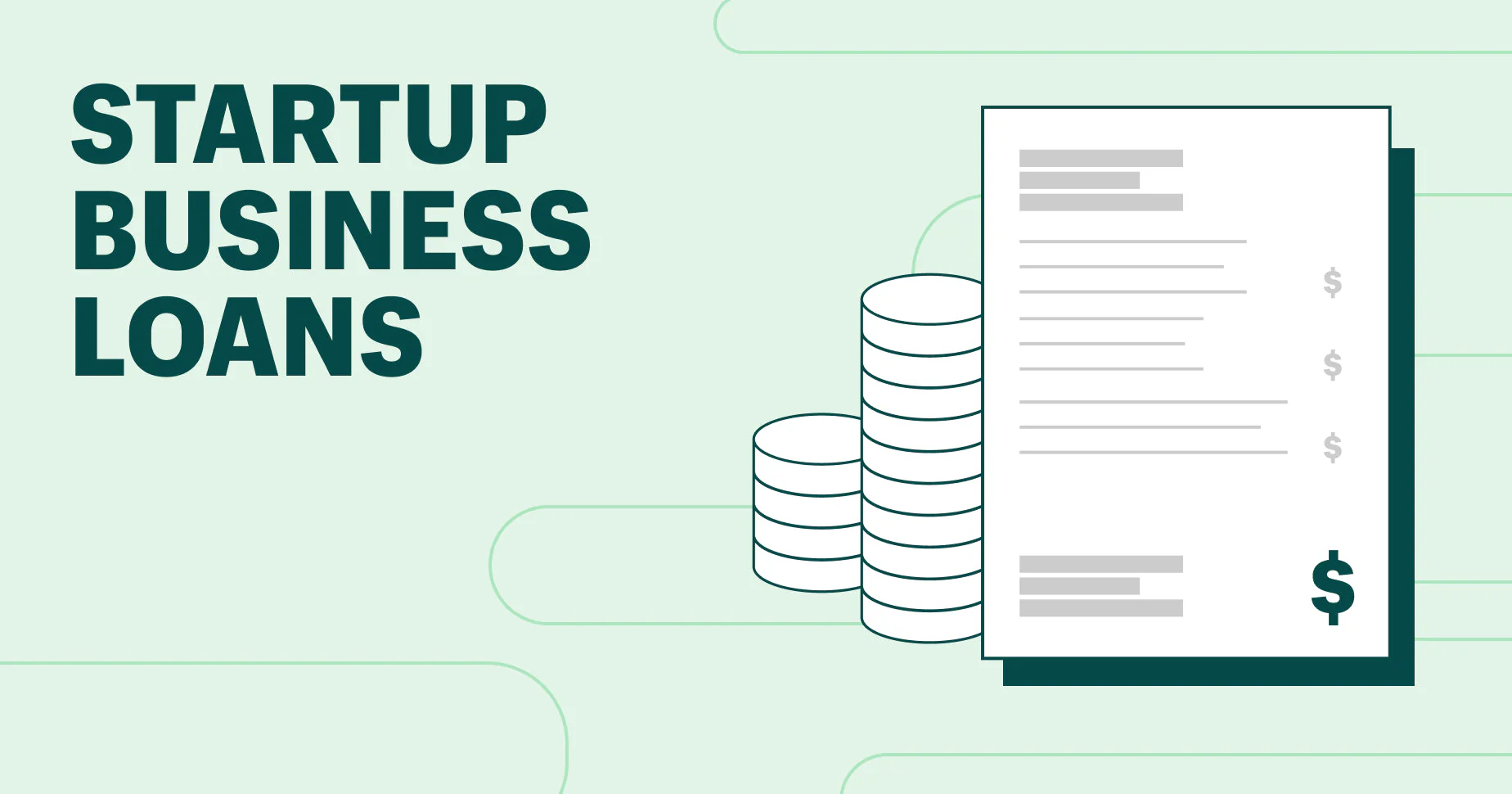Getting a car is a major financial milestone for many, but for most, it comes with an auto loan. Over time, as your financial situation changes, your original loan may no longer be the best fit for your needs. Auto loan refinancing is the process of replacing your current car loan with a new one, often from a different lender, to secure more favorable terms. It’s a powerful tool that, when used correctly, can save you money and give you greater control over your finances. Knowing when to consider refinancing is the key to unlocking these benefits. This guide will walk you through the core reasons, the process, and the key considerations for auto loan refinancing in the Philippines.
The Basics of Auto Loan Refinancing
Before you decide to replace your current loan, it is essential to understand the primary motivations behind such a financial move and the critical factors you need to consider. Refinancing is a strategic decision that can dramatically alter your long-term financial obligations, and it must be approached with a clear understanding of its potential benefits and hidden pitfalls. This section will explore the core reasons for refinancing and outline the key considerations to ensure it is the right choice for your financial situation.
The Core Reasons to Refinance Your Auto Loan
Refinancing an auto loan is a strategic financial move, primarily driven by the goal of improving your loan terms and financial standing. The most compelling reason is to secure a lower interest rate, which can lead to significant savings over the life of the loan. This is especially relevant if your credit score has improved dramatically since your original application, as banks now view you as a lower-risk borrower. You may also find that prevailing market interest rates have dropped since you first acquired your loan, making a new contract with a new rate a very smart financial choice. The difference of even one or two percentage points can result in thousands of pesos saved.
Another powerful motivation is to adjust your monthly payments to better suit your current budget. If you find yourself struggling to make payments each month, refinancing to a new loan with a longer repayment term can lower your monthly amortization, providing much-needed financial relief. Conversely, if your income has increased, you might want to refinance to a shorter loan term. While this will increase your monthly payment, it will also enable you to pay off your car faster and reduce the total interest you pay, ultimately helping you become debt-free sooner. This flexibility allows you to align your loan with your current financial capacity.
Additionally, a “cash-out” refinance is a compelling option for those who have built substantial equity in their vehicle. As you make payments on your car loan, its value may exceed the remaining loan balance, giving you accessible equity. A cash-out refinance allows you to borrow an amount greater than your current loan balance and receive the difference in cash. This is an effective way to use your vehicle as collateral to raise funds for other personal or business needs, such as debt consolidation, home renovations, or an emergency fund. This type of refinancing turns a static asset into a source of liquidity.
Key Considerations Before You Refinance
Before you commit to refinancing, it is crucial to weigh the potential costs against the benefits. The most significant cost can be the pre-termination penalty from your original loan. Some loan contracts impose a fee for paying off the loan early, which could be a fixed amount or a percentage of the remaining principal. Additionally, the new loan will come with its own set of fees, such as processing fees, appraisal fees, and documentary stamp tax. You must carefully calculate if the total savings from a lower interest rate will be enough to offset these one-time charges. Ignoring these fees can lead you to a financial outcome that is not as favorable as you had initially expected.
Another major hurdle is negative equity, a situation where the outstanding balance on your car loan is greater than your vehicle’s current market value. This is a common issue with cars that depreciate quickly. If you have negative equity, it is highly unlikely that a lender will approve a refinancing application, as they would be taking on a greater risk by lending you more than the value of the collateral. In such a case, you may need to wait until your loan balance drops below your car’s value before you can even consider refinancing. Attempting to refinance when you are “upside-down” on the loan is generally a non-starter.
Ultimately, the decision to refinance should be based on a clear and honest assessment of your financial situation. Refinancing is a smart move if your credit score has improved or if market rates have dropped, and you can secure a significantly lower interest rate. It’s also an excellent option if you need to adjust your monthly payments for better cash flow management. However, if the costs of refinancing are high, if you have negative equity, or if you are already nearing the end of your loan term, it may be wiser to stick with your current loan. A well-informed decision will ensure refinancing becomes a benefit, not a burden.
The Refinancing Process in the Philippines
Successfully refinancing your auto loan requires a systematic approach, from initial preparation to the final legal and financial settlement. This process involves a series of steps that, when followed diligently, can lead to a seamless transition from your old loan to a new one. This section will guide you through the essential stages of refinancing in the Philippines, ensuring you are fully prepared for each part of the journey.

A Step-by-Step Guide to Refinancing
The first step in refinancing is a thorough assessment of your current situation. Carefully review your original loan contract to check for any prepayment or pre-termination penalties that could diminish the savings from refinancing. It is also crucial to check your car’s eligibility, as most Philippine banks and lending institutions have age limits for refinancing, often not accepting vehicles that are more than five to seven years old. Gathering your updated vehicle documents, such as the Official Receipt (OR) and Certificate of Registration (CR), is a necessary preparatory step that will streamline the application process. Having these details ready will save you a significant amount of time later on.
Once you have your documents in order, you can proceed with comparing loan offers from various lenders. Do not limit yourself to your current bank; explore options from other major banks and non-bank financing companies, as their rates and terms can vary significantly. Submit a complete application with all the required financial documents, including your proof of income and employment, to your chosen new lender. The bank will then conduct a full credit assessment and a vehicle appraisal to determine the loanable amount and the interest rate they can offer. This part of the process is similar to your original loan application.
The final and most critical stage is the legal and financial settlement. If your new loan is approved, the new lender will pay off your old loan. You will then need to work with both banks and the Land Transportation Office (LTO) to legally transfer the chattel mortgage to the new lender. This process ensures that the car remains legally encumbered by the new loan. Once all the legal paperwork is completed and the old loan is fully paid, you will begin making your new monthly payments to your new lender, officially completing the refinancing process. This final step formalizes the change and activates your new loan terms.
Conclusion
In conclusion, auto loan refinancing is a valuable financial tool that offers a pathway to lower interest rates, more manageable monthly payments, or even a way to access cash from your car’s value. However, it is not an automatic solution. The key to a successful refinance lies in careful planning and a thorough understanding of the costs and risks involved. By assessing your current loan, preparing all the necessary documents, and diligently comparing offers from different lenders, you can ensure that refinancing becomes a strategic decision that ultimately benefits your long-term financial health.













